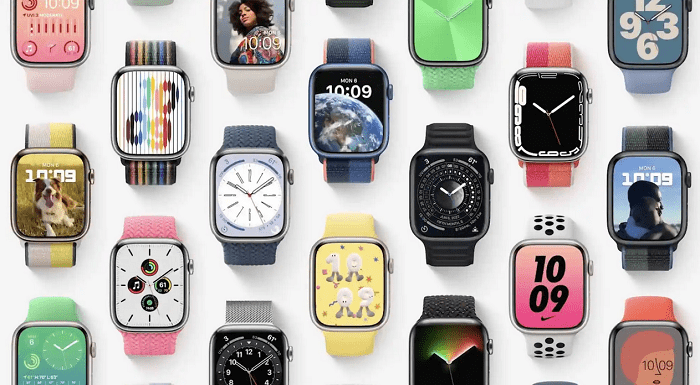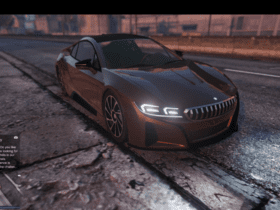This week, Apple’s patent application for a laser-based rotation sensor in a future Apple Watch was released by the US Patent and Trademark Office. There may be no need for elaborate optical treatments or features, like the grooves shown below, to be formed on the crown’s rotating surfaces if a laser-based sensing system is used to get reliable and precise rotation detection.The patented Apple Watch of the future has a laser-based rotating sensor. The signal may be used to ascertain the rotational velocity and direction of the sensor surface, both of which can be sent to the user through the watch.
Light incident on a sensor surface could have a beam axis that is at an angle to the surface itself. If a laser beam is used to illuminate the detecting surface and a laser module is included in the optical sensing system, then the reflected light is just a piece of the laser beam that was reflected back to the sensor. The laser module might be a vertical cavity surface emitting laser, which would allow for the detection of a frequency difference. Apple says the crown might respond to inputs that include rotating it around an axis, such as a spin, twist, turn, or other motion. The watch’s functions may be adjusted in response to rotational inputs. For instance, the crown’s rotating input might be used to browse through lists, select or move graphical items, and so on, depending on the direction of rotation. Pushes or pressures on the crown’s end might likewise be recognized as translational inputs.
Indicating a selection of an object presented on display, changing a display mode (such as activating a display), switching between or among graphical interface modes, and similar actions may all be accomplished using translational inputs. Sometimes the crown serves as a sensor contact point, such as a biometric sensor. Biometric sensors monitor or detect some part of the user’s body and may be found in a variety of wearable devices, such as smartwatches. It’s possible that touching one of these sensors with your finger would be necessary to utilize them.
The crown may include a window, electrode, or something similar that the user touches to activate the biometric sensor and get a reading or measurement. If the crown provides a conductive channel to internal sensors, then electricity may be transported along that path. A sensor system is used to determine the rate and/or direction of crown rotation in order to react to a rotational input. The laser-based sensing devices described in the patent may identify the speed and direction of a crown’s rotation with great precision, while also taking up little space inside the device and streamlining production.
In a laser-based system, for instance, laser emitters like VCSELs are used to focus a laser beam onto a surface of the crown as it rotates. It is possible to measure the rate and direction of rotation by directing laser beams at the surface that is spinning in such a manner that part of the light from the laser beam is thrown back into the laser emitter.
In instance, the lasers might be directed perpendicular to the surface of the wheel as it rotates. In this arrangement, the reflected light’s frequency varies with the rotational speed of the surface. Despite the patent’s apparent concentration on the Apple Watch, Apple says that the technology might be used in other products with a digital crown in the future, including the AirPods Max, MacBooks, iPhones, and more.











Leave a Reply